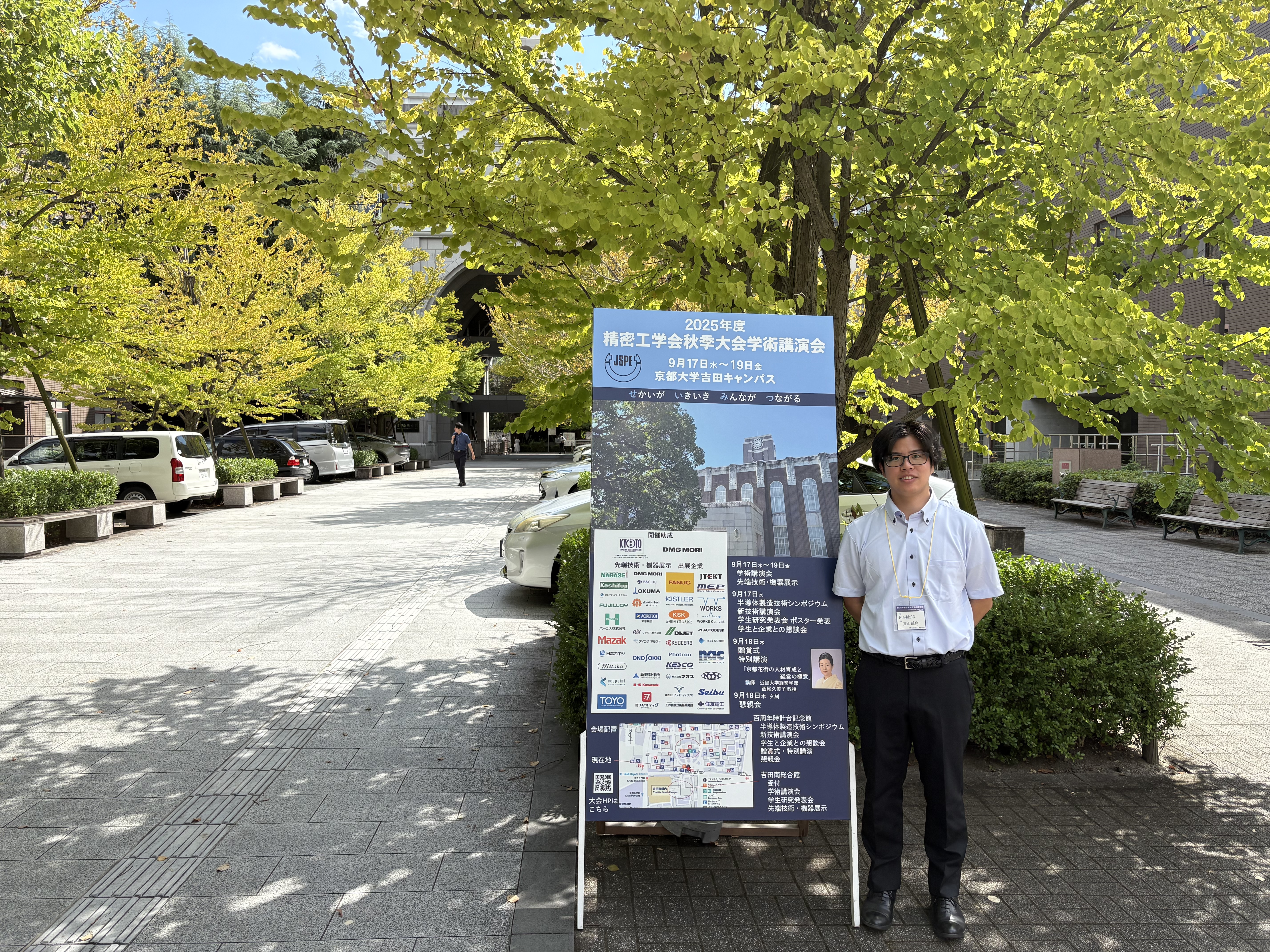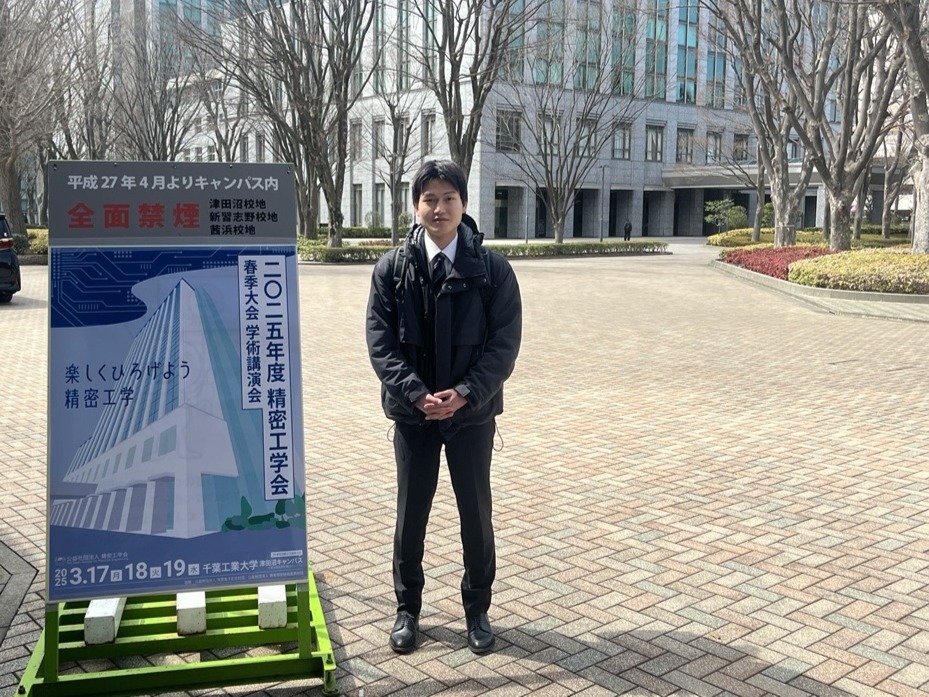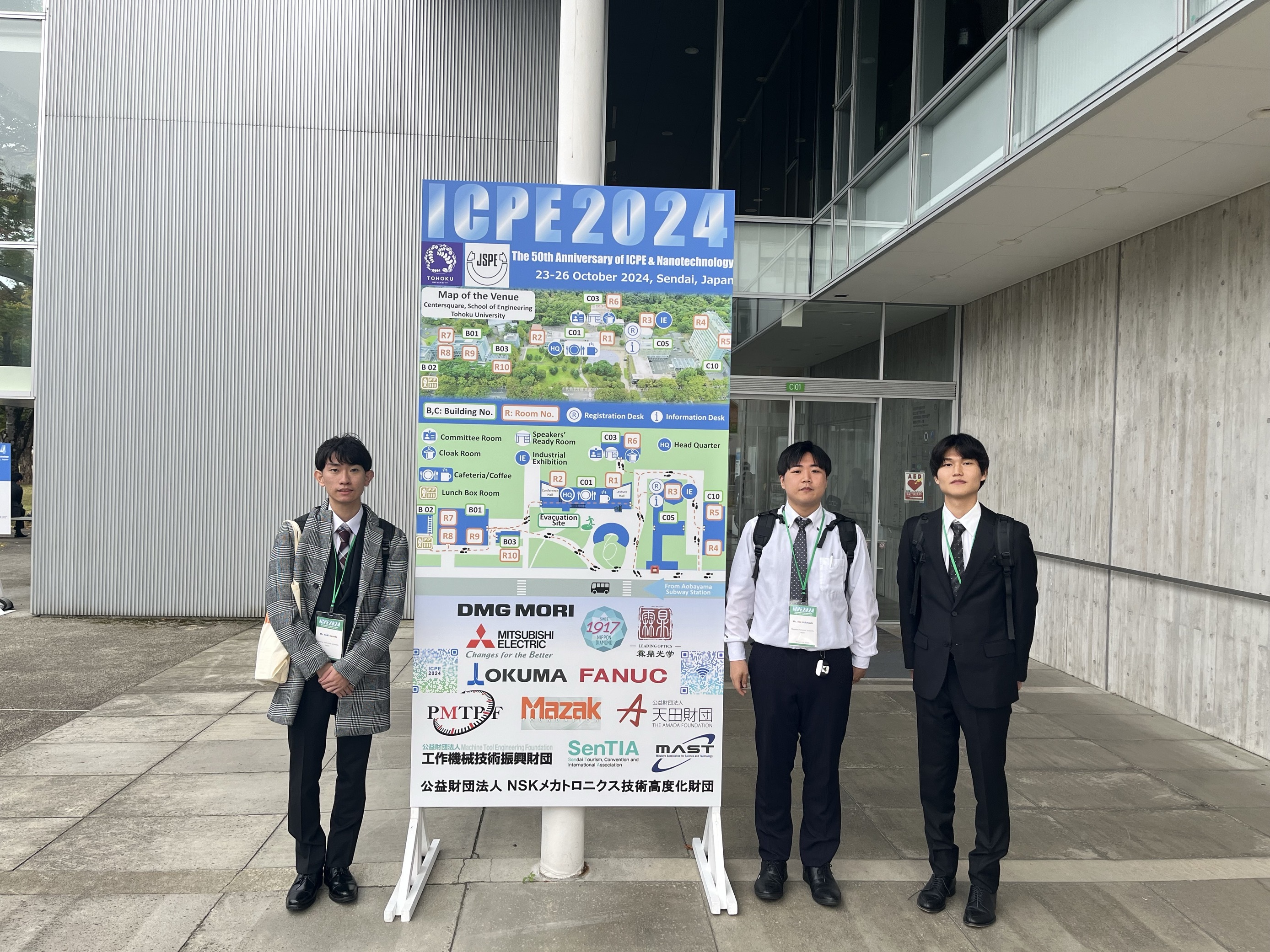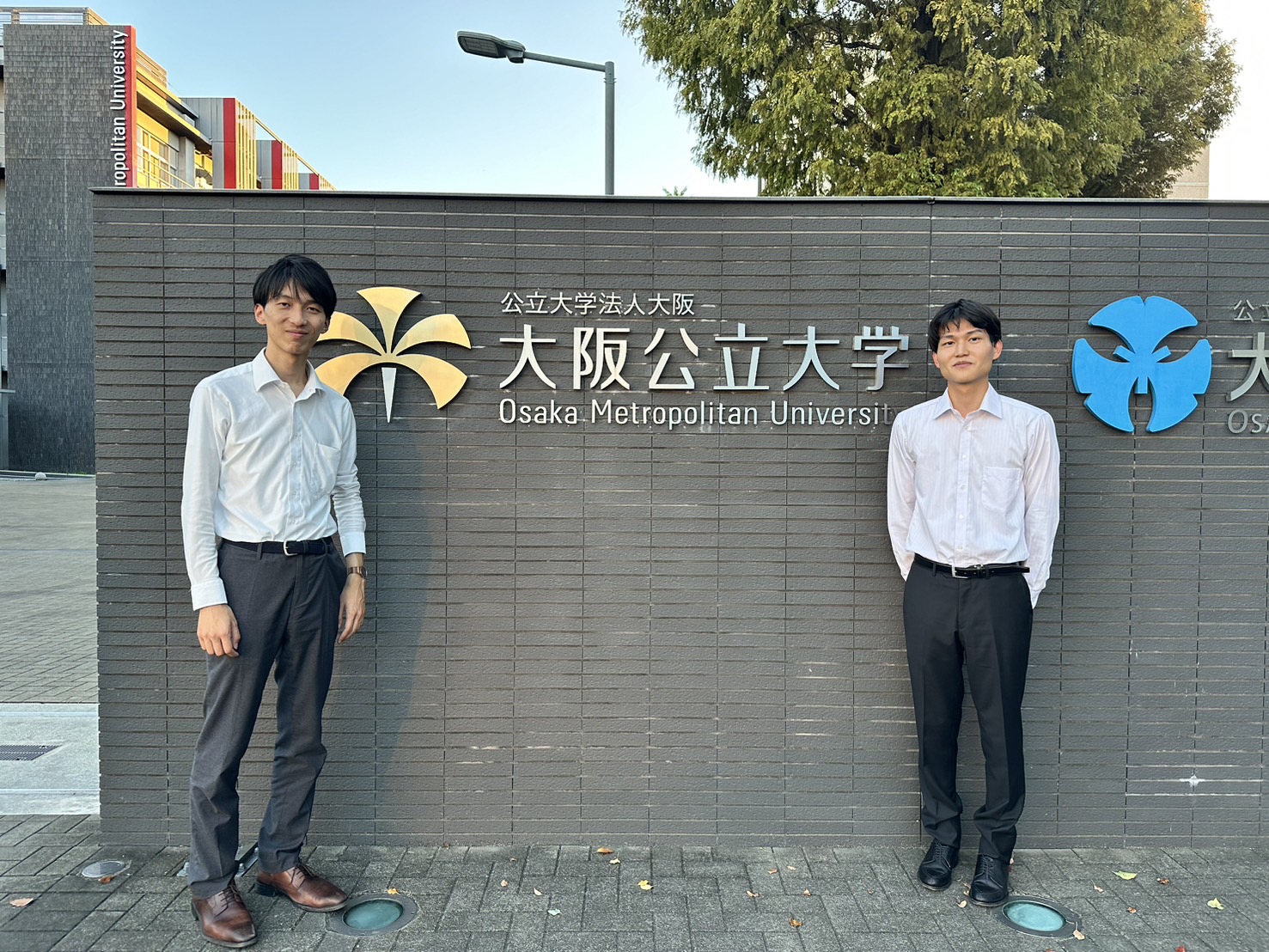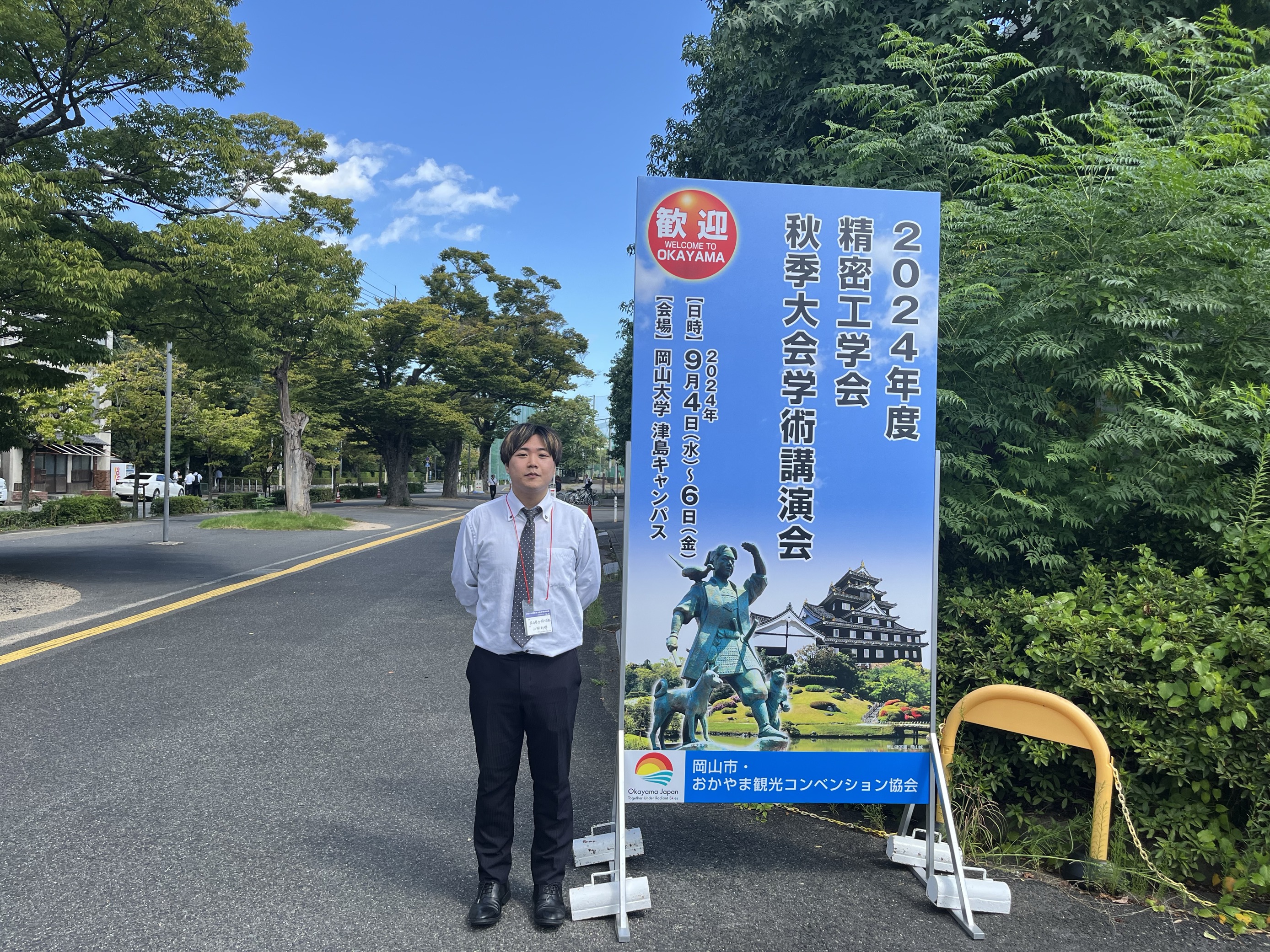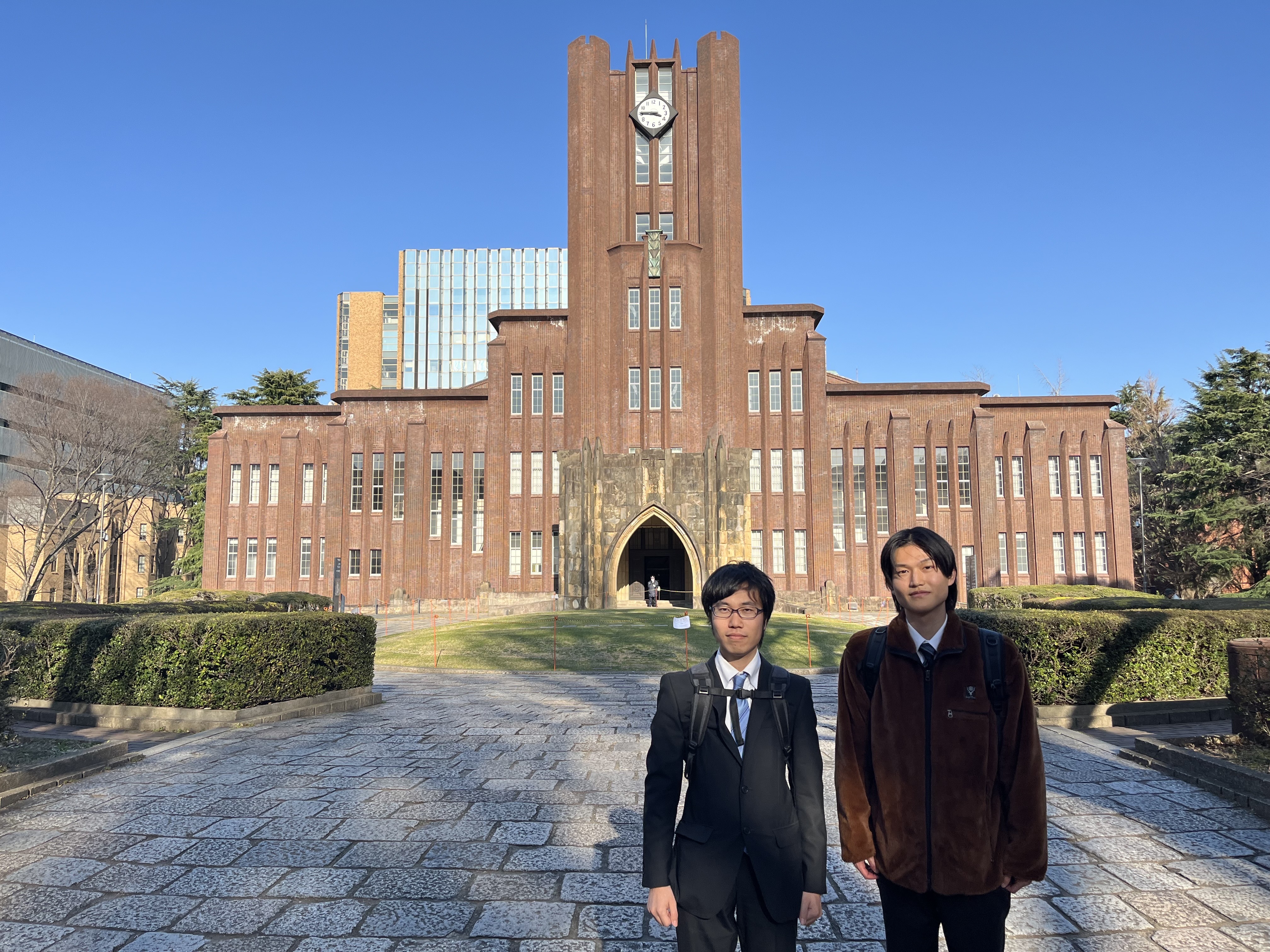当研究室の大学院生3名がThe 20th International Conference on Precision Engineering (ICPE2024 in Sendai) にて3件の研究発表を行いました。
書誌情報:Koki Kaneda, Yusuke Tsutsui and Akira Tsumaya, A study on systematic grasping method for hazard scenarios using state transition graph, In Proceedings of the 20th International Conference on Precision Engineering (ICPE2024), No. OS03-13, 2024.10.26.
概要:In safety design, designers typically perform risk assessment by supposing hazard scenarios and evaluating them based on frequency and criticality. However, it has become difficult for designers to fully predict the environment and conditions in which a product will be used these days. This is because as products become more multi-functional, users increasingly use them in unexpected ways, and as products become globalized, they are increasingly used in unexpected environments. This study aims to provide a method for addressing this problem and supporting risk assumption processes sufficiently. First, through case analysis, accident factors related to product accidents were identified and classified from the perspectives of three main components comprising the product accidents. Then, we proposed a method to express hazard scenarios by grasping the states of products, user, and the environment in a certain phase as an internal system and formulating the transition relationships among them. These hazard scenarios were visualized as a state transition graph to help understand accident mechanisms.
書誌情報:Riki Kobayashi, Yusuke Tsutsui and Akira Tsumaya, Evaluating novelty of design concepts based on information content, In Proceedings of the 20th International Conference on Precision Engineering (ICPE2024), No. OS03-10, 2024.10.26.
概要:Creating new product and service concepts is essential for achieving sustainable economic growth of companies and the qualitative development of society. To support such activities, a method to evaluate the novelty of design concepts created by designers must be established, considering the evaluation results of conventional novelty evaluation methods are highly dependent on evaluators’ subjective factors, which makes it difficult to objectively evaluate the novelty of a concept created by designers compared to product and service concepts in the existing market. This research proposes a method to objectively evaluate the novelty of design concepts for an existing market based on information content in Shannon’s information theory. The proposed method was applied to the case of stationery products to confirm its effectiveness and usefulness, with future challenges clarified for objective evaluation of design concept novelty.
書誌情報:Yuga Suzuki, Yusuke Tsutsui and Akira Tsumaya, A method for evaluating design hypotheses certainty ensures evidence transparency, In Proceedings of the 20th International Conference on Precision Engineering (ICPE2024), No. OS03-05, 2024.10.26.
概要:The design of artifacts relies on hypotheses (design hypotheses) whose truth or not are uncertain. However, if errors are detected in the downstream design process, it may result in design rework. Hence, the upstream process must evaluate certainty of the design hypotheses, thereby, identifying design rework risks and implementing preventive measures. While certainty is subjectively evaluated by the designer, the absence of clearly described evidence of evaluation can lead to difficulties in interpreting certainty. Therefore, this study aims to develop an evaluation method to design hypotheses certainty, which ensures interpretability. To achieve this, this paper firstly constructs the relationship model between certainty of design hypothesis and evidence of its evaluation. Based on the constructed model, a method is proposed to evaluate the certainty of design hypotheses implementing Dempster-Shafer theory, which supports evidence based certainty evaluation. Finally, the study discusses the effectiveness and practicality of the proposed method.
